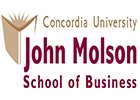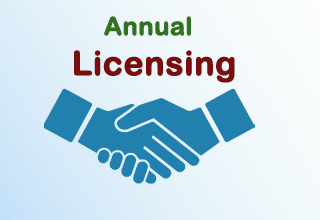ICMR (IBS Center for Management Research)
Asia Pacific's largest case study repository for management students, faculties, trainers and corporate executives

ICMR is Asia's most popular repository of management case studies. ICMR Case Collection provides Teachers, Corporate Trainers, and Management Professionals with a variety of teaching and reference material. The collection consists of case studies on a wide range of companies and industries - both Indian and international.
ICMR is involved in business research, management consulting, and the development of case studies and courseware in management.
ICMR also provides knowledge process outsourcing services to international clients. Over 10 million copies of ICMR case studies have been printed in international and Indian textbooks, workbooks and case study volumes. More than 200,000 individual copies of our case studies have been purchased by many of the leading business schools and universities around the world.
Our case studies have won prizes in several global case writing competitions, and also appear in many international management textbooks. More than 5500 case studies, short case studies, and business reports are available for immediate download from this site. The material is available for download as pdf files, with a 'Do Not Copy' watermark.






















